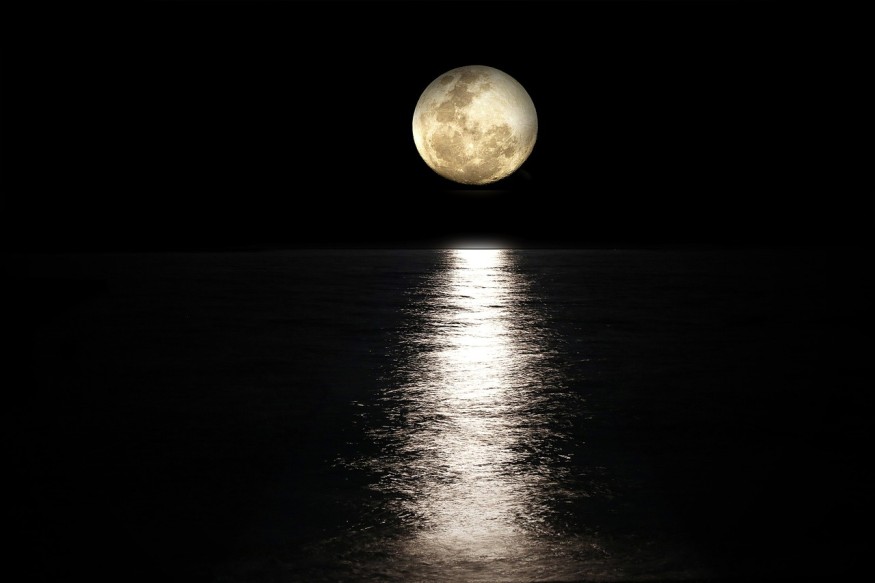
The Full Wolf Moon will be lighting up both US and UK skies.
Full Wolf Moon in January 2024
The name "Full Wolf Moon" was first proposed by tribes of Medieval Europeans and Native Americans who all agreed that the celestial event must reflect the howls of wolves in the dead of winter.
NASA also notes that the Full Wolf Moon was named after wolf packs that were heard howling outside villages in spite of winter's cold and deep snow. This typically occurred in the middle of January.
Tonight, the Full Wolf Moon will rise in the east and be clear overhead close to midnight. It will be visible throughout the night. When sunrise hits, it will end up disappearing into the horizon at the west. It will appear between Cancer constellation's claws.
After the Full Wolf Moon tonight, the illuminated area of the face of the Moon will start waning or getting smaller. This comes as it nears the coming New Moon phase, which will take place on February 9. The New Moon of February will also mark the start of a new lunar year.
To catch a glimpse of the Full Wolf Moon, no specialized binoculars would be necessary. One just needs to go outside and gaze at the view. NASA warns, however, that people should brace themselves for the cold weather and also maximize early sunsets to enjoy the night sky's wonders.
ALSO READ : Moon Plays Crucial Role in Life on Earth, Could Potentially Determine What Makes A Planet Habitable
Full Moons
Almost 100 years ago, the Maine Farmer's Almanac gave a name to all the 12 Full Moons. These were inspired by folklore, indigenous lunar calendars, and the Anglo-Saxon lunar calendar.
During full Moons, both the Sun and the Moon are opposite to each other. They are separated by a full 180 degrees through the ecliptic, which is the imaginary path taken by the Sun as it moves through the sky. The Earth lies in the middle of the separation.
Full Moons typically appear every 29.5 days, as it takes 27.3 days for the natural satellites to accomplish its Earth orbit.
Aside from the usual Full Moons, there are other Full Moons that tend to make headlines. These include the Super Moon, which is when the Full Moon is in line with the lunar perigee or the natural satellite's nearest point to the Earth, the Blue Moon, which is a month's second Full Moon when it goes through two Full Moons, and the Harvest Moon, which happens nearest to the equinox at autumn.
RELATED ARTICLE : Does The Moon's Light Emit For Earth? Study Explains The Reflection of Light From Sun and Moon
Check out more news and information on Space in Science Times.










